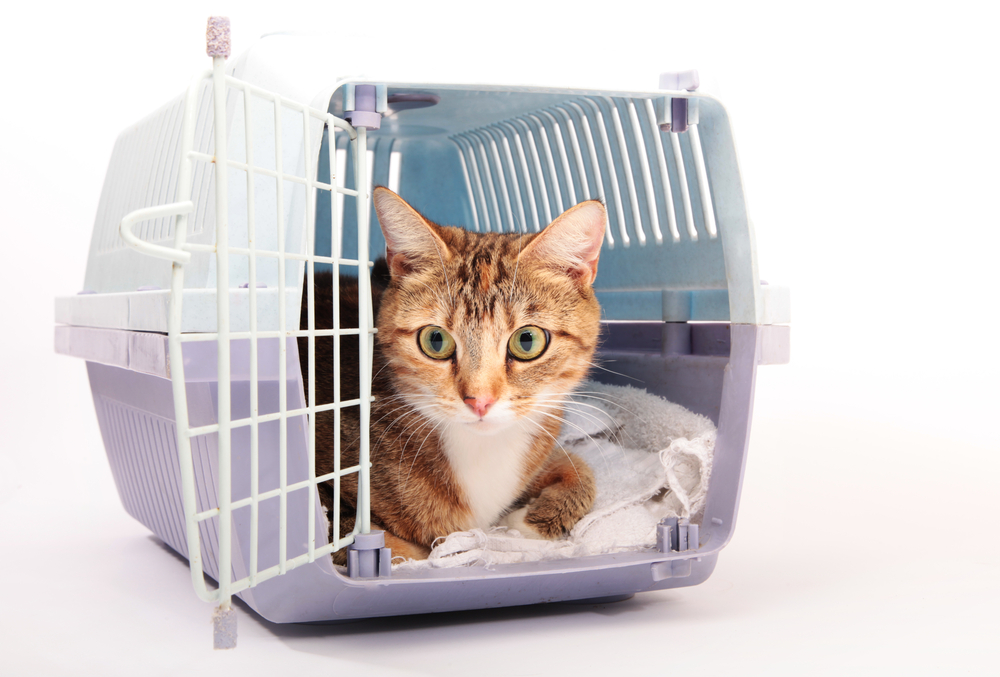
I have reviewed studies on getting rid of fleas from sources such as the University of Kentucky, Texas A&M, and the Humane Society. I have condensed the information in a three part article:Fleas, Protecting Your Home, and Protecting Your Pet. If you want to know how to rid fleas from your home and improve dog and cat health, you must first understand how they live.
Fleas
Adult:
Here are the key details about adult fleas, your most effective killer against them is an insecticide, and they despise the heat so spray moist shaded areas and around your dog or cat enclosures. Interesting fact number one, that the tiny "dirt" you see on your pet it is not dirt; it is flea droppings-dried blood to be exact. Adults feed on fresh blood, so contaminating its food source, your pet's blood, may not be an exciting prospect for you. After taking their fill, they excrete the blood, which dries and eaten by the larvae, lovely.
Pupa:
Ironically, the flea pupa stage is like the butterfly. The larva forms a cocoon and inside of that a pupa is formed. Five months later an adult emerges, were in can stay alive for two weeks without a host. Interesting fact number two, an adult flea can break out of its cocoon in seconds if a host passes by, before fully maturing. Due to the cocoon protective layer, the pupa stage is the hardest to kill. Even after controlling the environment and pet you may see fleas, which are probably hatching adults.
Larvae:
Larvae are ¼ inch long white worm-shaped insects, and they are more likely found in your pets bedding, they do not live in pet fur. Why? After adults have fed they excrete dried blood, which usually falls to the bedding or floor, where the awaiting larvae feed. In desperate times they will also feed on organic material like dead skin or food particles to sustain themselves. Contaminating its food source is an effective way to kill larvae, simply by poisoning the dry blood. Interesting fact number three, temperatures hotter than 95 degree Fahrenheit kill larvae.
Eggs:
Interesting fact number four, the average number of eggs laid per day by fleas, twenty-seven. That means in one average lifespan, around 8 days (longer on long-haired pets), a staggering 216 eggs can be laid. Once birthed, eggs drop off your pet and usually land on bedding or in your dog and cat enclosures. Basically, wherever your pet sleeps you can expect a heavy concentration of flea eggs.
All three chapters are available
-Chapter I: Getting rid of Fleas - Cat Fleas & Dog Fleas
-Chapter II: Getting rid of Fleas- Fleas in House & Yard
-Chapter III: Getting rid of Fleas- Dog & Cat Health
 Flea Control and Flea Bite Allergies in Cats
Flea Bite Hypersensitivity in Cats
Flea bite hype
Flea Control and Flea Bite Allergies in Cats
Flea Bite Hypersensitivity in Cats
Flea bite hype
 Anemia, Nonregenerative in Cats
Nonregenerative Anemia in Cats
A decrease in red
Anemia, Nonregenerative in Cats
Nonregenerative Anemia in Cats
A decrease in red
 Cats and Motion Sickness
Gastrointestinal Distress Related to Motion in Cats
&nbs
Cats and Motion Sickness
Gastrointestinal Distress Related to Motion in Cats
&nbs
 Excessive Production of Saliva in Cats
Ptyalism in Cats
Saliva is constantly produced an
Excessive Production of Saliva in Cats
Ptyalism in Cats
Saliva is constantly produced an
 Hookworms in Cats
Ancylostomiasis in Cats
Ancylostoma hookworms are
Hookworms in Cats
Ancylostomiasis in Cats
Ancylostoma hookworms are
Copyright © 2005-2016 Pet Information All Rights Reserved
Contact us: www162date@outlook.com